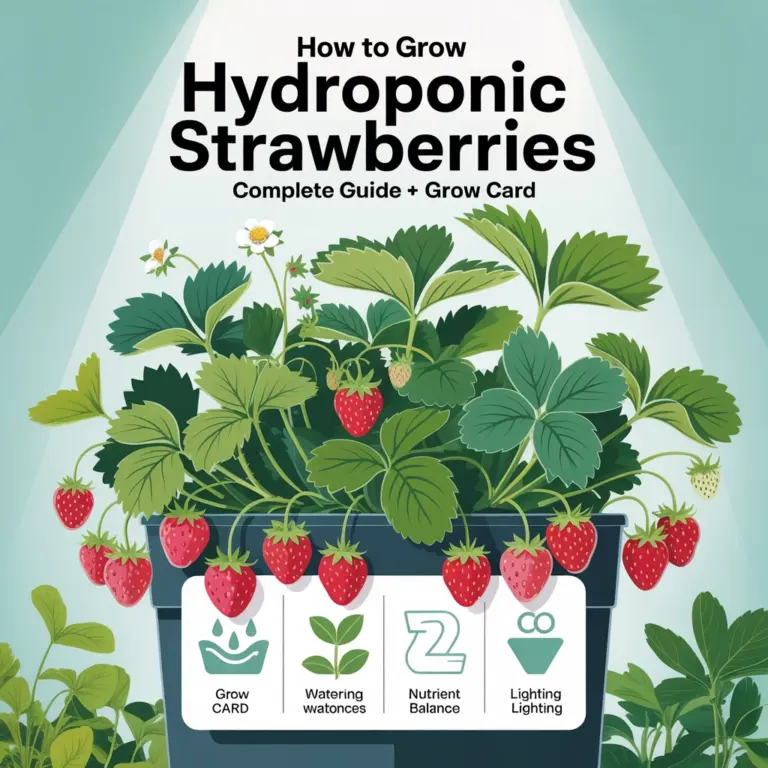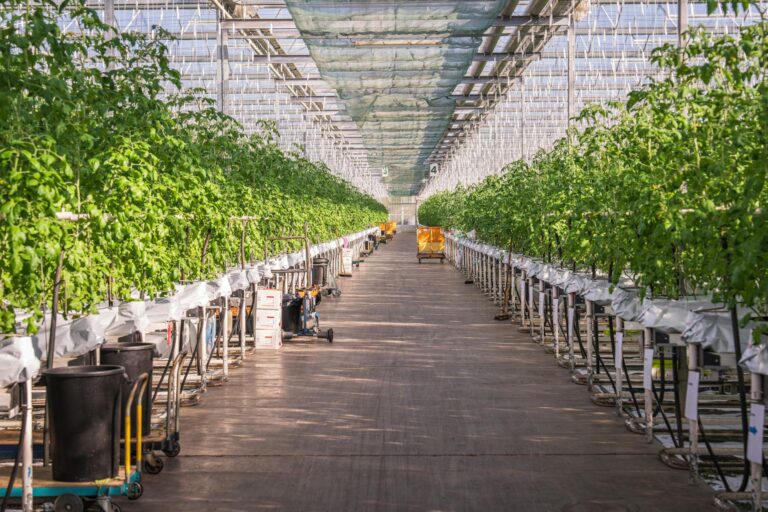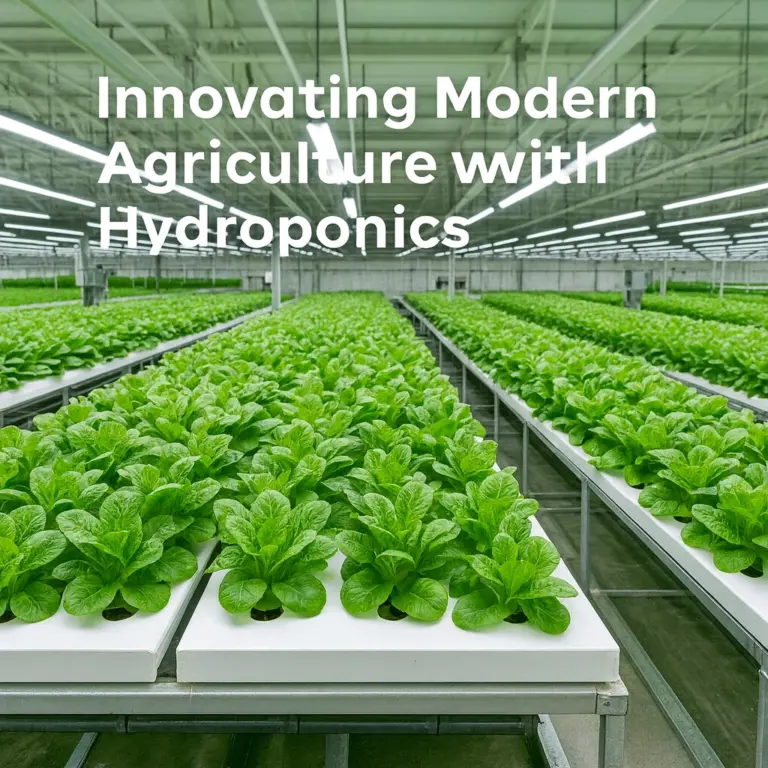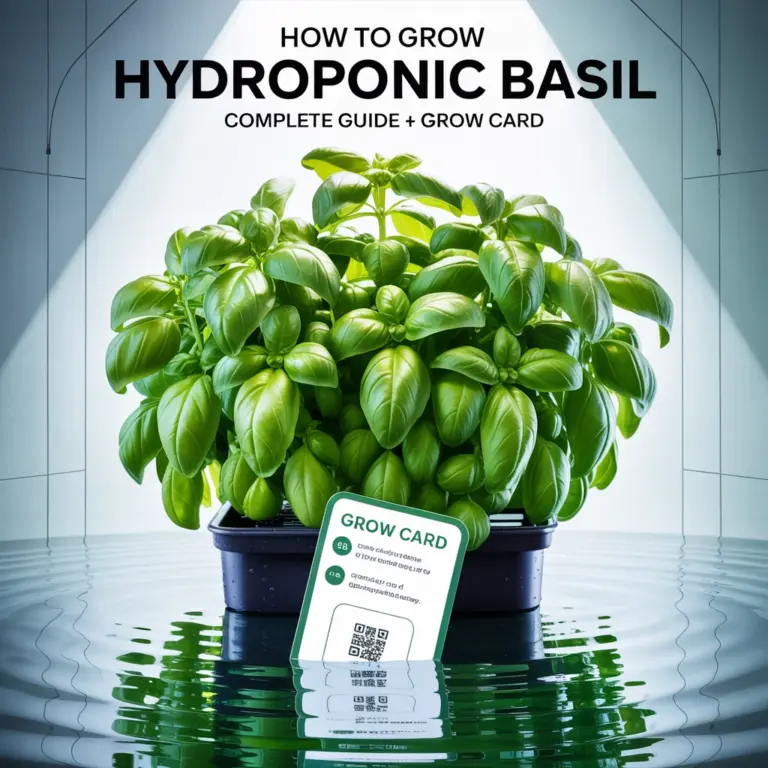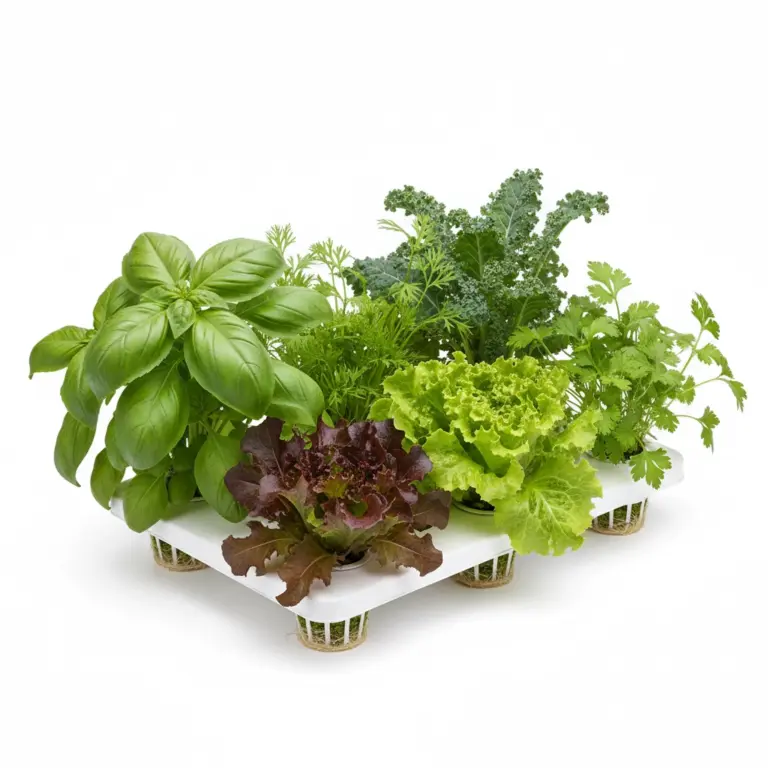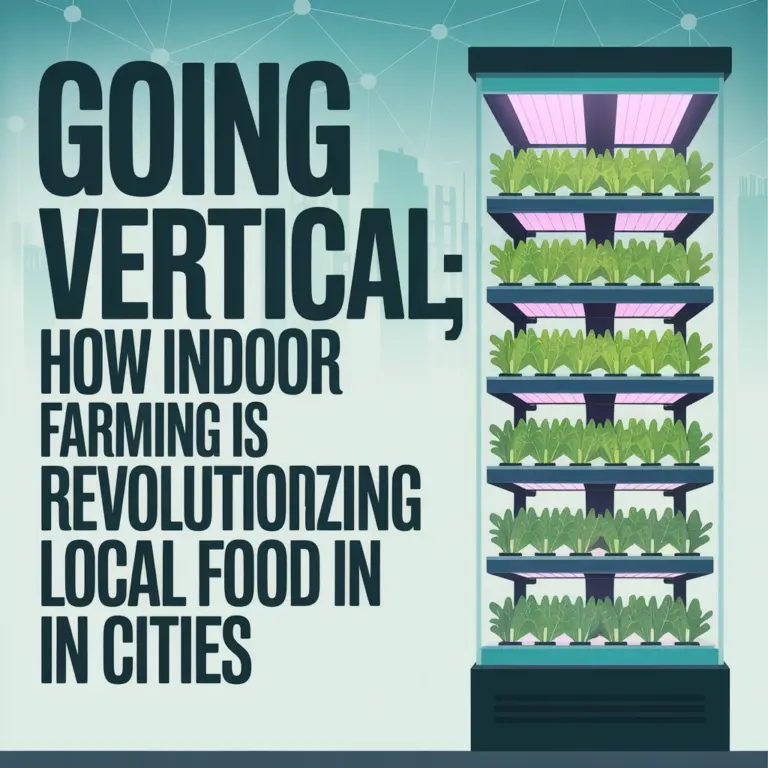How to Grow Hydroponic Tomatoes: Complete Guide + Grow Card
Growing hydroponic tomatoes is one of the most rewarding ways to get fresh, juicy tomatoes year-round. Whether you’re a beginner or looking to upgrade your indoor growing game, tomatoes are surprisingly straightforward to grow hydroponically – and the results are often better than what you’d get from soil!
The best part? You get complete control over nutrients, water, and growing conditions. This means faster growth, bigger yields, and tomatoes that actually taste like tomatoes. Let’s dive into everything you need to know to grow amazing hydroponic tomatoes.
Why Choose Hydroponic Tomatoes?
Hydroponic tomatoes grow 30-50% faster than soil-grown ones and typically produce higher yields. You’ll avoid soil-borne diseases, pests, and the guesswork that comes with traditional gardening. Plus, you can grow them anywhere – basement, garage, or even a sunny windowsill.
Getting Started: Seed Preparation
Choose Your Variety
Start with determinate varieties if you’re new to hydroponics. Cherry tomatoes like ‘Sweet 100’ or ‘Tiny Tim’ are especially forgiving and produce fruit quickly. For larger tomatoes, try ‘Early Girl’ or ‘Better Boy’.
Seed Soaking and Germination
Soak your tomato seeds in warm water for 24 hours. This softens the seed coat and speeds up germination. After soaking, you have two options:
- Direct method: Place seeds directly into your growing medium in net pots
- Pre-germination method: Wrap seeds in moist paper towels for 2-3 days until you see tiny roots emerging
Keep seeds warm (70-80°F) and in darkness during germination. Most tomato seeds will sprout within 5-10 days.
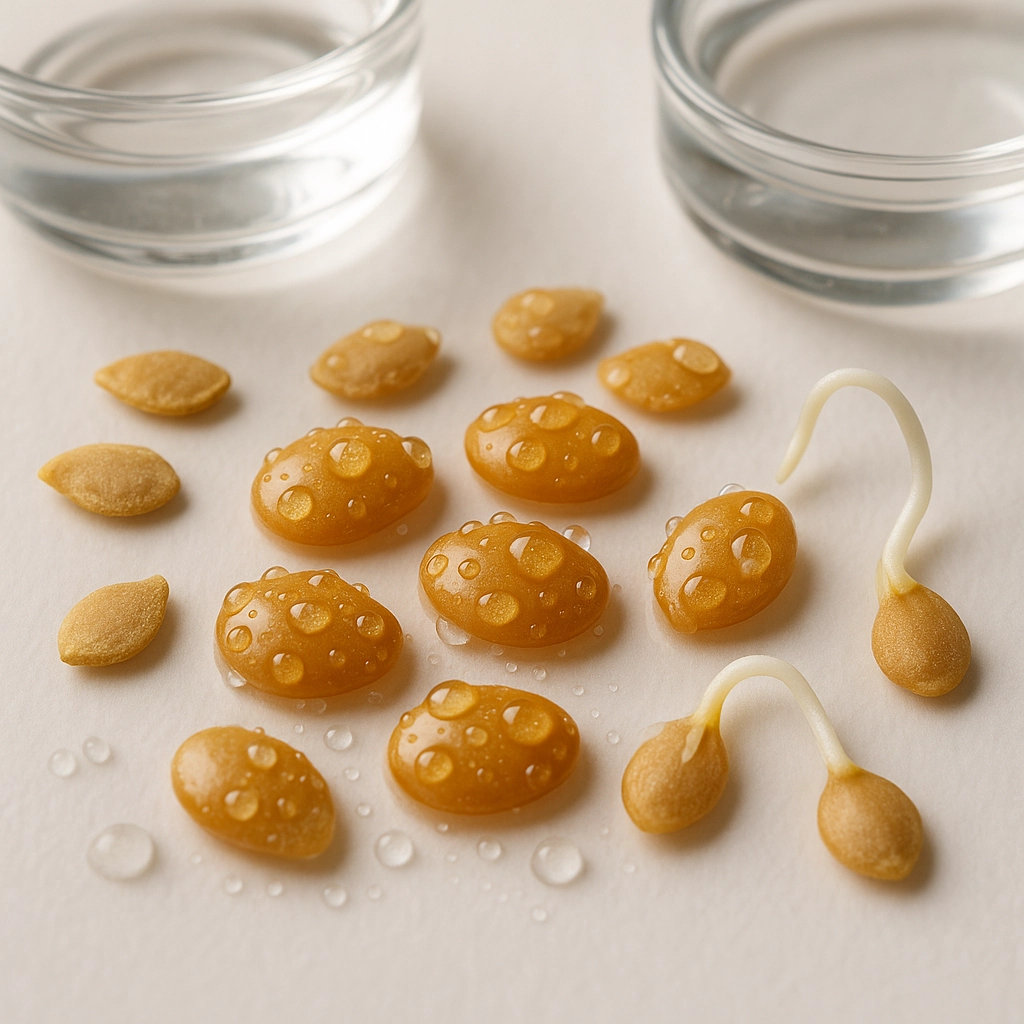
Choosing Your Growing Medium
Your growing medium is basically the “soil replacement” that holds your plants steady and helps deliver nutrients to the roots.
Best Options for Tomatoes:
- Rockwool cubes: The most popular choice. They hold moisture well and provide good root support
- Coconut coir: Natural, sustainable, and great water retention
- Clay pebbles (LECA): Excellent drainage and reusability
- Perlite/vermiculite mix: Budget-friendly and widely available
Pro tip: Start seeds in smaller cubes or plugs, then transplant to larger growing containers as they develop.
Setting Up Your Hydroponic System
System Types That Work Best:
Deep Water Culture (DWC) is perfect for beginners. Your tomato roots sit in oxygenated nutrient solution. It’s simple, effective, and hard to mess up.
Ebb and Flow systems work great for multiple tomato plants. The growing bed floods with nutrients, then drains back to the reservoir.
NFT (Nutrient Film Technique) is excellent for commercial-style growing, though you’ll need to add support structures for the heavy tomato plants.
Essential Equipment:
- Growing containers or net pots
- Air pump and air stones (for DWC)
- pH and EC meters
- Grow lights (if growing indoors)
- Support structures or trellises
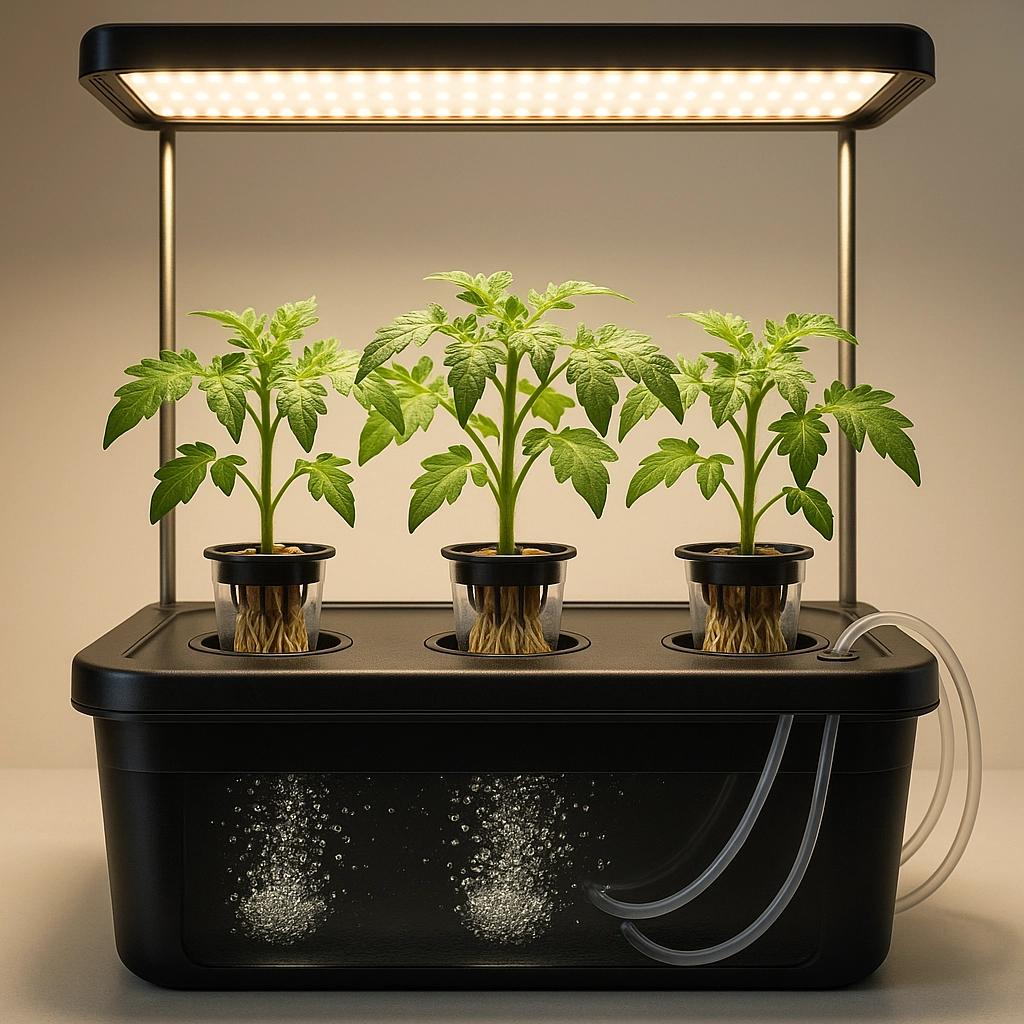
Nutrient Management Made Simple
Tomatoes are heavy feeders, especially once they start flowering and fruiting.
Choosing Nutrients:
Look for hydroponic nutrients specifically formulated for tomatoes or “fruiting plants.” Popular options include:
- General Hydroponics Flora series
- Masterblend tomato formula
- Advanced Nutrients pH Perfect line
Mixing Your Solution:
Follow the manufacturer’s instructions, but here’s a general guideline:
- Seedlings (0-2 weeks): 400-600 ppm
- Vegetative growth (2-6 weeks): 800-1200 ppm
- Flowering/fruiting (6+ weeks): 1200-1600 ppm
pH Management:
Keep pH between 5.5-6.5 for optimal nutrient uptake. Check pH daily and adjust with pH Up or pH Down solutions as needed.
Water Quality:
Start with filtered or RO water if your tap water is heavily chlorinated or has high mineral content.
Transplanting and Early Care
When to Transplant:
Move seedlings to your main system when they have 2-3 sets of true leaves and are about 4-6 inches tall. Handle roots gently!
Supporting Your Plants:
Install support systems early. Tomato plants get heavy fast, especially indeterminate varieties that keep growing upward. Use:
- Tomato cages
- Stake and tie systems
- Overhead string supports
Lighting Requirements:
Tomatoes need 14-18 hours of light daily during vegetative growth, then 12-14 hours during flowering. If using LED grow lights, aim for 30-40 watts per square foot of growing space.
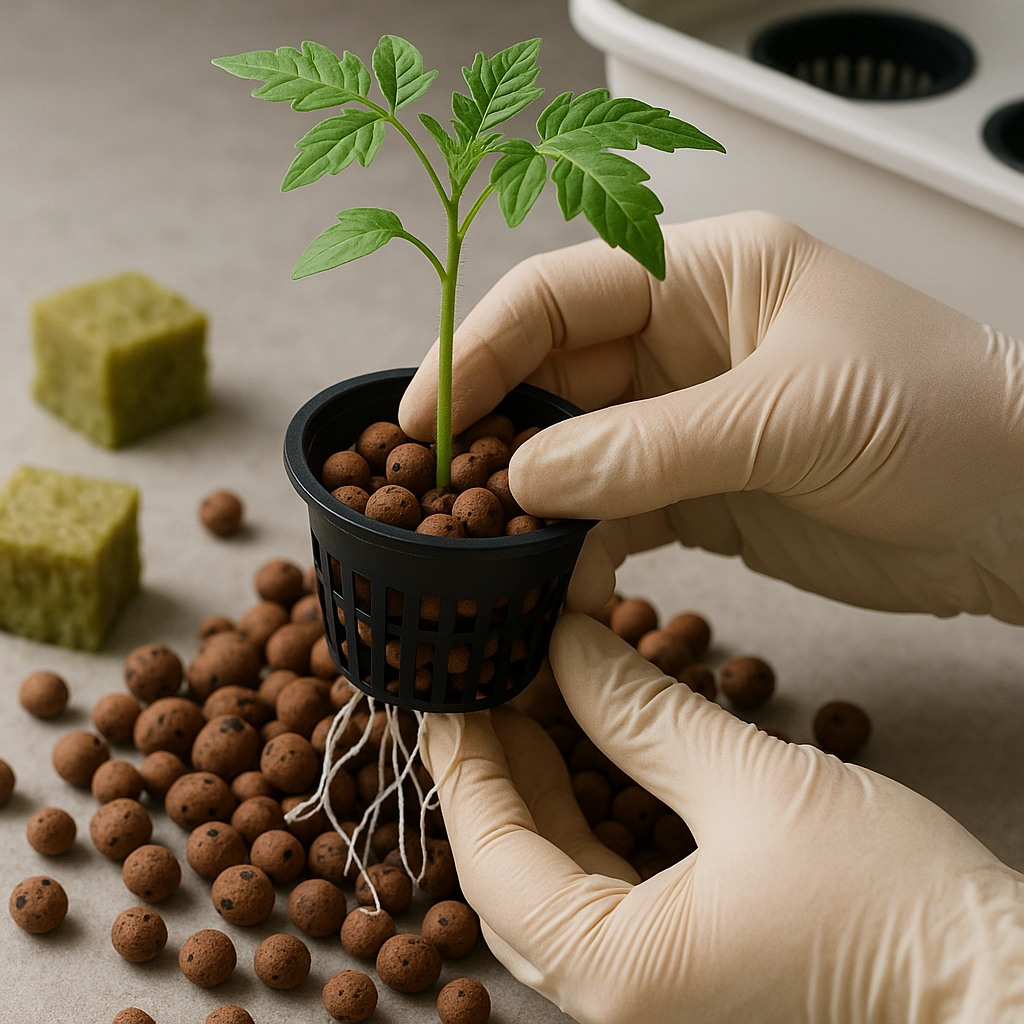
Ongoing Care and Maintenance
Daily Tasks:
- Check water levels
- Monitor pH (should stay stable once established)
- Look for pests or disease signs
Weekly Tasks:
- Change nutrient solution completely
- Clean air stones and pumps
- Prune suckers (shoots growing between main stem and branches)
- Check support structures
Monthly Tasks:
- Deep clean system components
- Calibrate pH and EC meters
- Replace air stones if needed
Common Problems and Solutions
Blossom End Rot:
Black, sunken spots on the bottom of fruits. Usually caused by calcium deficiency or inconsistent watering. Ensure steady nutrient delivery and adequate calcium in your solution.
Yellowing Leaves:
Lower leaves turning yellow is normal as plants age. If it’s happening quickly or affecting upper leaves, check your nitrogen levels and pH.
Poor Fruit Set:
If flowers aren’t developing into fruits, you might need to hand-pollinate with a small brush, especially indoors where there’s no natural wind or insects.
Algae Growth:
Green slime in your reservoir? Cover all light-exposed water and nutrient solutions. Algae compete with your plants for nutrients.
Harvesting Your Success
Tomatoes are ready when they’re fully colored but still slightly firm. They’ll continue ripening off the plant if needed. A healthy hydroponic tomato plant can produce 15-25 pounds of fruit in a season!
Pick regularly to encourage continued production. Morning is the best time to harvest when plants are fully hydrated.
Hydroponic Tomato Grow Card
Quick Reference Guide
| Growth Stage | Duration | EC/PPM | pH Range | Key Actions |
|---|---|---|---|---|
| Germination | 5-10 days | N/A | 6.0-6.5 | Keep warm (70-80°F), dark, moist |
| Seedling | 2-4 weeks | 0.8-1.2 (400-600 ppm) | 5.8-6.2 | Provide light, monitor first true leaves |
| Vegetative | 4-6 weeks | 1.6-2.4 (800-1200 ppm) | 5.5-6.0 | Install supports, prune suckers |
| Flowering | 2-3 weeks | 2.0-2.8 (1000-1400 ppm) | 5.5-6.5 | Hand pollinate if needed |
| Fruiting | 6-12 weeks | 2.4-3.2 (1200-1600 ppm) | 5.5-6.5 | Support heavy branches, harvest regularly |
Environmental Requirements:
- Temperature: 65-75°F (day), 60-65°F (night)
- Humidity: 60-70% (vegetative), 50-60% (fruiting)
- Light: 14-18 hours (vegetative), 12-14 hours (fruiting)
- Air circulation: Moderate breeze, avoid direct drafts
Essential Supplies Checklist:
- ✓ Tomato seeds (determinate varieties for beginners)
- ✓ Growing medium (rockwool or coconut coir)
- ✓ Net pots (3-4 inch minimum)
- ✓ Hydroponic nutrients (tomato-specific blend)
- ✓ pH and EC testing kits
- ✓ Support structures (cages, stakes, or strings)
- ✓ Grow lights (if indoor growing)
- ✓ Air pump and stones (for DWC systems)
Success Tips:
- Start simple with cherry tomatoes
- Monitor pH daily until system stabilizes
- Don’t skip the support structures
- Prune suckers weekly for better fruit production
- Change nutrient solution completely every 1-2 weeks
- Hand-pollinate indoor plants with a small brush
Ready to start growing?
